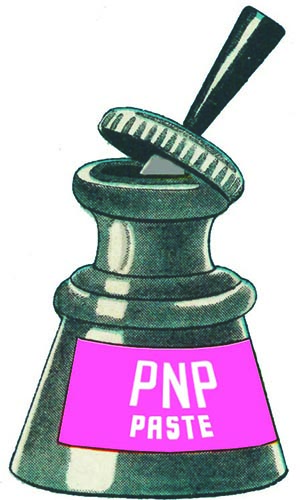Rain. You get wet.
Sunshine. You get burned.
People who sing along to classic songs, out of tune.
People who won’t sing along when the band asks them to.
Picking the wrong stage and missing a great act on the other stage.
Picking the right stage, discovering a great act and wondering why it took you so long.
Hats.
Queues.
Middle-aged people dancing and looking stupid.
Young people dancing and looking stupidly gorgeous.
Having a kid with you who whinges and always wants to leave.
Not bringing your kid, and wishing you had so they could hear this great music.
Having to buy the overpriced and not great stall food.
Bringing a picnic and realising it would have been much easier to just buy food.
Bands not finishing on time, preventing you from catching the start of the next act.
Bands that have to stop on time, even though they are ON FIRE.
People taking photos, making calls and tweeting during shows.
Your phone battery dying so you can’t tweet/contact your friends.
People who stand in front of you.
People behind you who ask you to sit down.
Drunk people.
Alcohol-free areas.
Mud.
Dust.
The carpark.
And the toilets. Every single thing about the toilets.
JENNY SINCLAIR, MELBOURNE
Urinoir en ardoise à 3 stalles, Chaussée du Maine No. 29, Charles Marville, c. 1865. Albumen silver print. Source: State Library of Victoria (H2011.126/29). Really very nice, if a bit public, when compared to music festival portaloos.
You're bound to hit a signal blackspot soon—why not buy this issue of Crank as an ePub? Then in can be yours to enjoy in perpetuity! (As long as your battery holds out). Just $1.99—head over to the pinknantucket press shop now!



